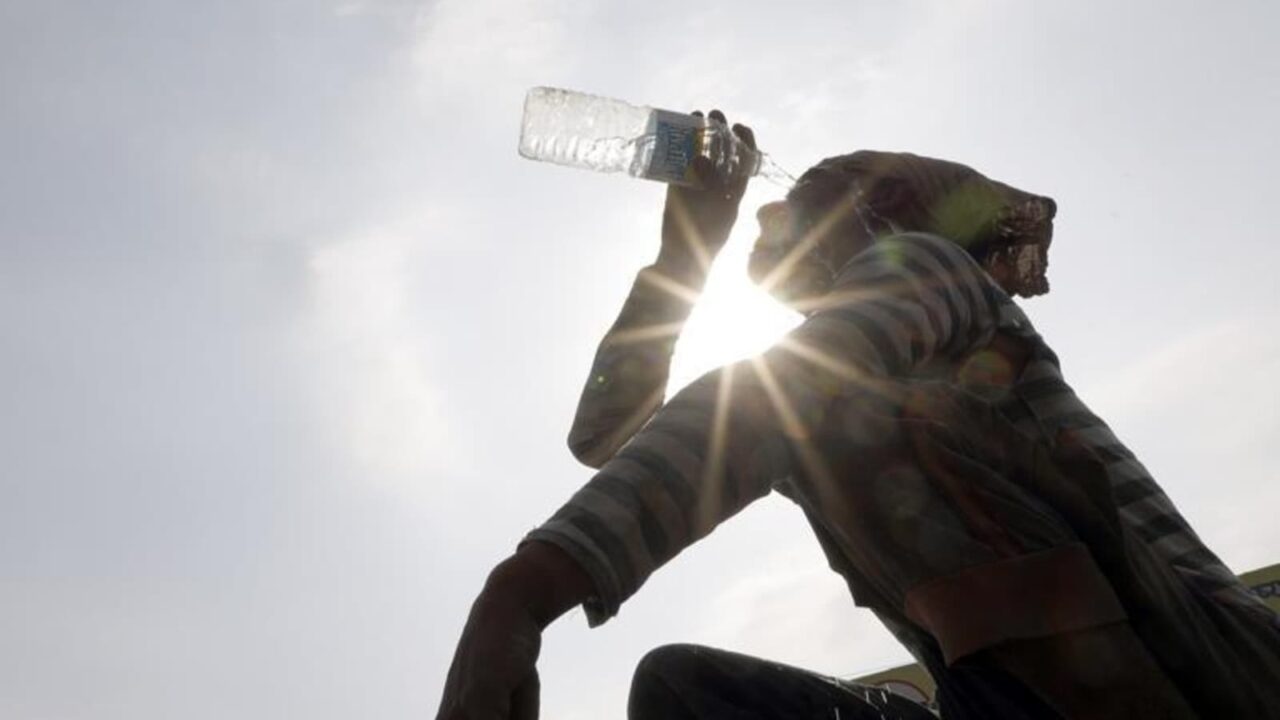
NEW DELHI: Recent data from the Delhi Pollution Control Board Committee (DPCC) showed that the level of ground level ozone crossed the safe limit in many parts of Delhi, owing to the heat-wave conditions in the capital city. It pushed the temperature to unusually high levels. The DPCC had recorded temperature rising up to 43-47 degree Celsius during the last week of April.
The highest values of ground level ozone were recorded at JLN stadium. According to DPCC, the hourly values of gas touched 251 micrograms per cubic metre (one hour standard), close to noon every day at JLN stadium during the last week of April. That is also the time when there is substantial traffic at the place and the temperature is high.
Areas including Dr Karni Singh Shooting Range, Nehru Nagar, Mandir Marg, Rk Puram, and Narela also witnessed breach in the safe limit of ground level ozone. Unlike PM 2.5, PM 10, or NO2, which have 24-hour set standards, ozone levels are measured by eight-hour and one-hour standards, because the gas can be very dangerous in short amount of time. At Mundka, the level of gas breached the limit on five of the seven days. At Nehru Nagar, it reached 238 micrograms per cubic metre (one hour standard).
Ozone is a highly reactive gas that is especially toxic to people who have asthma or respiratory problems. A combination of heat and gases such as nitrogen oxides and volatile organic compounds produces the gas. Thus, it largely occurs during the day in areas with traffic congestion or industries.
Dipankar Saha, Former Head, Central Pollution Control Board, said that Ozone levels are found to be the highest on days when there are clear skies with low level of particulate matter. The sun’s heat penetrates deeper into the atmosphere, reacting with oxides of nitrogen to form Ozone. He said that Ozone levels are likely to increase in May and June.
Tanushree Ganguly, Programme Lead, Council on Energy, Environment and Water, said that since emissions from vehicles are a significant source of NO2, there is a need to focus on the vehicular sector to reduce ozone levels, which will also aid in the reduction of particulate matter.

